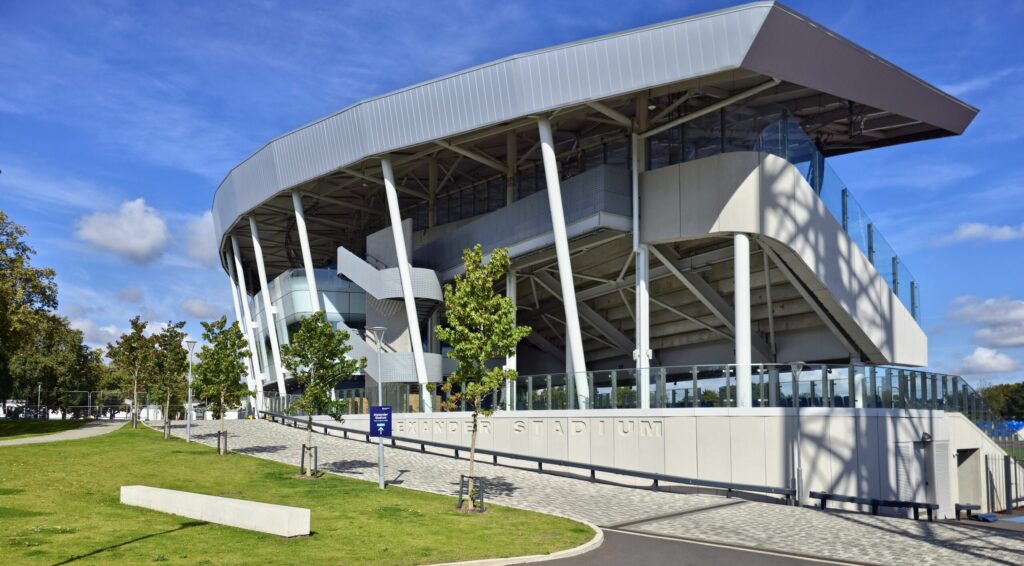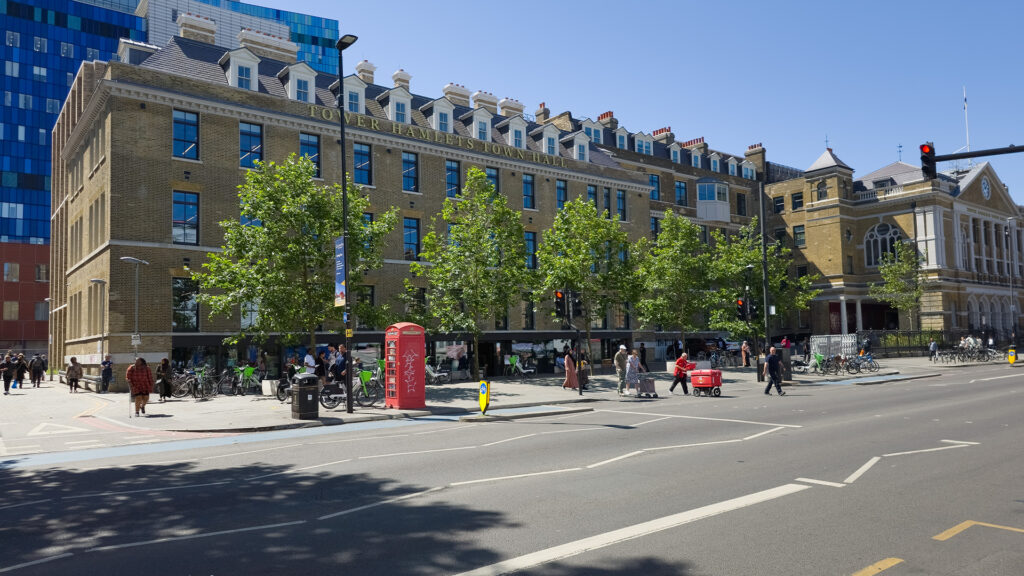Gatwick Airport, also known as London Gatwick, is one of the UK’s major international airports.
Gatwick Airport, also known as London Gatwick, is one of the UK’s major international airports. Based in Crawley, West Sussex, England, it is the second busiest airport by total passenger traffic in the UK – after Heathrow Airport. Gatwick Airport saw 46.1million passengers pass through in 2018 and this number is continually increasing. Gatwick today is home to many large commercial airline companies such as; British Airways, Easyjet, Emirates, Norwegian Air Shuttle, TUI Airways and Virgin Atlantic.
This famous airport is owned and operated by the company; Gatwick Airport Limited. A subsidiary of Global Infrastructure Partners (GIP). Gatwick Airport was first developed in the 1920s by the Air Ministry and built-in 1935, operating as a single runway airport. During WW2, it was a night fighter base and was decommissioned in 1946. Construction later began on the North Terminal in May 1970. This was the largest construction project south of London in the 1980s, costing over £200 million to build.
Project
Location
Contractor
Landscape Architect
Gatwick Airport, also known as London Gatwick, is one of the UK’s major international airports.
Gatwick Airport, also known as London Gatwick, is one of the UK’s major international airports. Based in Crawley, West Sussex, England, it is the second busiest airport by total passenger traffic in the UK – after Heathrow Airport. Gatwick Airport saw 46.1million passengers pass through in 2018 and this number is continually increasing. Gatwick today is home to many large commercial airline companies such as; British Airways, Easyjet, Emirates, Norwegian Air Shuttle, TUI Airways and Virgin Atlantic.
This famous airport is owned and operated by the company; Gatwick Airport Limited. A subsidiary of Global Infrastructure Partners (GIP). Gatwick Airport was first developed in the 1920s by the Air Ministry and built-in 1935, operating as a single runway airport. During WW2, it was a night fighter base and was decommissioned in 1946. Construction later began on the North Terminal in May 1970. This was the largest construction project south of London in the 1980s, costing over £200 million to build.
Project
Location
Contractor
Landscape Architect
Project
Location
Contractor
Landscape Architect
This large extension to the North Terminal was opened by former Prime Minister, John Major in November 2011. The pier bridge that links the North Terminal to the main building has become the largest air passenger bridge in the world, reaching the entire width of the taxiway and providing passengers with views of the airport as well as the aircraft landing and taking off.
In 2010, GreenBlue Urban was approached to assist Tom Robinson Landscaping with the 3 large Tree Pits that were being excavated in the entrance to the North Terminal. The inclusion of green infrastructure at an iconic venue provides a pleasing and welcoming environment to passengers against the hard concrete of the airport itself. It creates a beautiful backdrop and disperses noise pollution for those staying in the adjacent hotels. Most importantly, the trees help absorb the air pollution that is caused by the airport’s aviation and road traffic providing respiratory health benefits for those in and around the airport.
This large extension to the North Terminal was opened by former Prime Minister, John Major in November 2011. The pier bridge that links the North Terminal to the main building has become the largest air passenger bridge in the world, reaching the entire width of the taxiway and providing passengers with views of the airport as well as the aircraft landing and taking off.
In 2010, GreenBlue Urban was approached to assist Tom Robinson Landscaping with the 3 large Tree Pits that were being excavated in the entrance to the North Terminal. The inclusion of green infrastructure at an iconic venue provides a pleasing and welcoming environment to passengers against the hard concrete of the airport itself. It creates a beautiful backdrop and disperses noise pollution for those staying in the adjacent hotels. Most importantly, the trees help absorb the air pollution that is caused by the airport’s aviation and road traffic providing respiratory health benefits for those in and around the airport.
The Gatwick North Terminal trees were planted in tree pits using the world’s first soil cell, the GreenBlue Urban’s RootCell that was brought to the market in 2001. These RootCells provide a load-bearing underground structure, preventing the soil from becoming compacted and lifeless. The RootCells are installed around the tree root ball and can be adapted to avoid existing services, as well as being integrated with a root management system preventing any pavement heave, leaving a quality finish for the long term.
These beautiful trees planted in the correct way provide evidence on how grey and green infrastructure can co-exist, offering multiple benefits to all on the airport site.
The Gatwick North Terminal trees were planted in tree pits using the world’s first soil cell, the GreenBlue Urban’s RootCell that was brought to the market in 2001. These RootCells provide a load-bearing underground structure, preventing the soil from becoming compacted and lifeless. The RootCells are installed around the tree root ball and can be adapted to avoid existing services, as well as being integrated with a root management system preventing any pavement heave, leaving a quality finish for the long term.
These beautiful trees planted in the correct way provide evidence on how grey and green infrastructure can co-exist, offering multiple benefits to all on the airport site.








